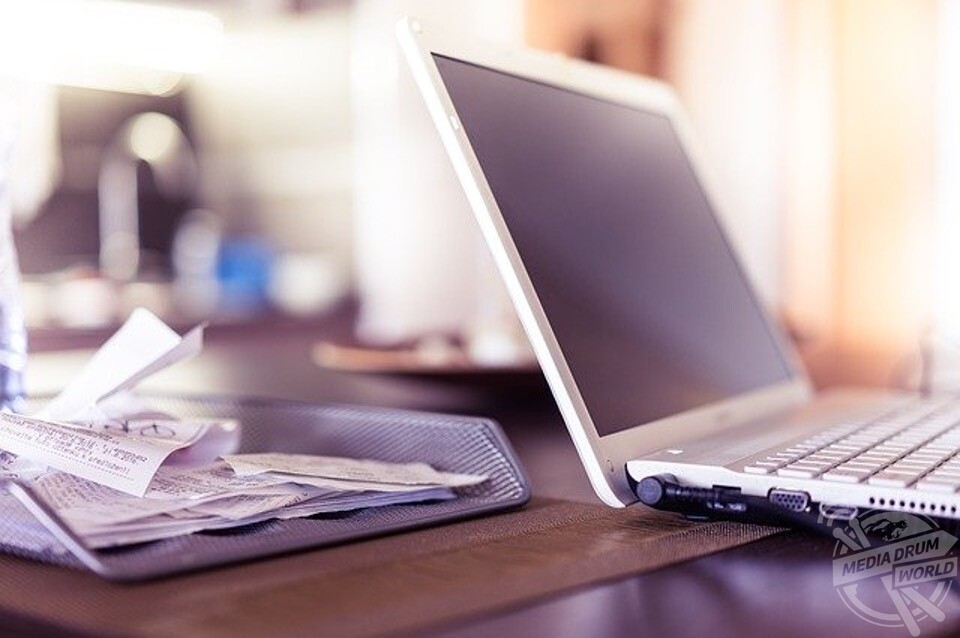Do you have a business? If so, what are some of the expenses that your business incurs on a monthly basis? One expense that many businesses deal with is receipts. Receipts can be both time-consuming and difficult to manage. This article will provide you with tips for managing receipts in an effective way!
Keep your receipts in a folder or binder
To stay organized, it is important to keep your receipts in one place. A binder or folder will work perfectly for this!
Just make sure that you do not throw away any of the paper products used to organize them (such as file folders). If you prefer something more digital, consider using an app to store receipts and allows you to upload receipts with ease, and makes it easier to manage all of your business expenses. Not only does it store everything securely online but also provides easy access through a mobile device, which can be especially helpful when traveling for business purposes.
If neither option sounds appealing then simply write down every transaction on pieces of paper until they are able to be scanned into either an app or a binder.
Make sure to take note of the date
What is it for? Who are you buying from/selling to? And if there is anything else important about the transactions? The more information you have about the receipt, the better!
For example: let’s say that your business spent money on a new commercial printer. You would want to know when it was purchased and which company/vendor it came from.

Source: Bit.ly
You will be able to determine if there were any problems with the quality of service. This can help save time by not having to constantly call vendors for updates as well as preventing unnecessary expenses down the road due to poor product performance away in an organized manner once scanned into an app or binder.
Also, consider taking pictures of important documents such as contracts. By doing this, you will be able to determine if there were any problems with the quality of service. This can help save time by not having to constantly call vendors for updates as well as preventing unnecessary expenses down the road due to poor product performance.
Create folders for different types of transactions
For example, if one receipt is food-related then place it into the appropriate folder/binder while leaving space for other receipts related to food items. This way all of these documents are kept together and nothing gets lost!
By doing this, you can ensure that absolutely everything important about your business expenses has been stored away safely in an organized manner once scanned into an app or binder. Not only does this create more efficient workflows but also helps save time by not having to search through numerous files just trying to find a specific receipt when needed most. In addition, it makes balancing out monthly budgets much easier as well since every financial transaction for each given month is stored neatly together.
If you do not want to spend extra time creating and labeling folders, then simply store your receipts in chronological order by date. This will help ensure that nothing gets lost as well! By doing this, you can ensure that absolutely everything important about your business expenses has been stored away safely in an organized manner once scanned into an app or binder.
Label each receipt with an individual name that corresponds with its folder
It is also important to keep track of which expenses were tax-deductible and for what reason. For example: if you had a business lunch with an individual who could potentially be a beneficial client, then this would most likely be considered a tax-deductible expense because it was done in hopes of making future deals with said person.
Each receipt is important and should be labeled with the corresponding individual’s name so that it can easily be filed away into its respective folder. That way, when tax season rolls around, you can easily find all of the necessary receipts to get your full amount back.
If you have multiple copies of a receipt, place all copies into the same folder so they can be scanned together later
This method can also be used to keep track of certain items that are typically hard to manage such as bills. For example, if you have an electric bill then take a picture of the front and backside of the receipt before placing it into its respective folder/binder. This way when tax season comes around all you will need to do is pull out your phone or tablet and look through pictures stored in each corresponding file for easy access!
In addition, it makes balancing out monthly budgets much easier as well since every financial transaction for each given month is stored neatly together.
Scan receipts as soon as possible after purchase so they don’t get lost or misplaced
Making sure you have access to your paper trail will help keep your business compliant with tax law and provide accountability for any expenses incurred by employees. It also makes reconciling accounts at the end of each month easier so you know exactly where all of your money goes. Especially when it comes to tracking business expenses, the sooner you scan your receipts after purchase, the better.
If there’s one thing that can keep a small business owner up at night (besides worrying about paying their employees), it’s making sure they’re compliant with tax law and properly accounting for all of their expenditures.
Organizing receipts is time-consuming and tedious work — but it’s also necessary if you want to protect yourself from an audit or other financial penalties, such as fines or penalties. If this sounds like something that could be beneficial in helping your company run more effectively, here are some tips on how best to manage receipt scanning:
- Offering an easy, secure way for employees to submit their expense reports is the first step in making sure you have a paper trail on hand.
- You can often integrate your accounting software with existing tools like Expensify so that receipts are uploaded directly into your records.
- This saves time and helps protect against tampering or fraud because it ensures all of the information used is accurate and legitimate.
What’s even more important than having access to those files right away? Making sure any expenses incurred by employees — whether they’re business-related or not — are accounted for as well.
Saving receipts is a great way to save money and track your spending habits. For best results, we recommend storing all of the receipts you receive in a binder or folder so that they can be easily scanned later on. We hope these tips will help make managing your receipts easier than ever before!




